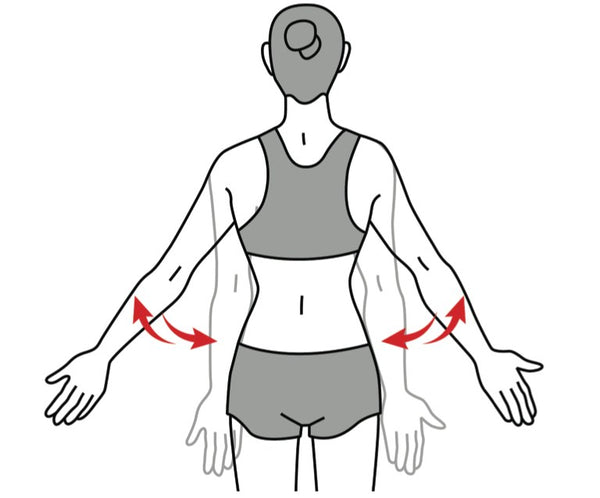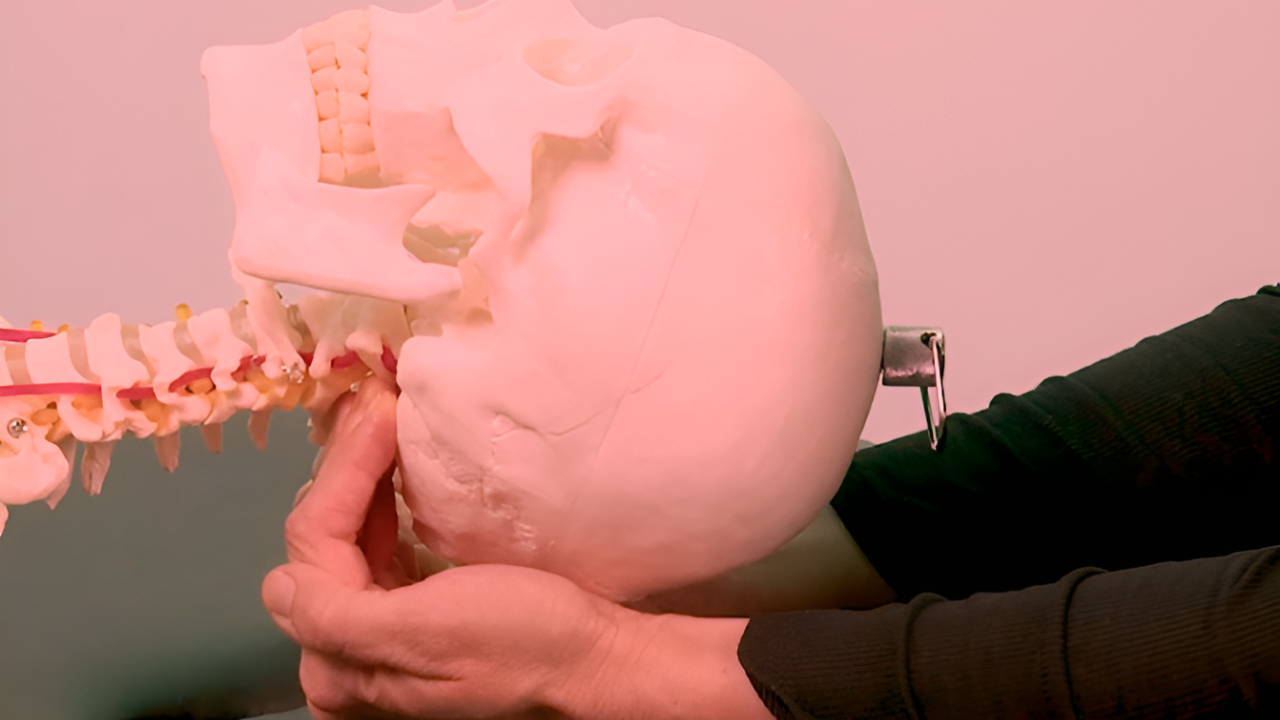Shoulder Impingement or a True Frozen Shoulder?
Shoulder Impingement or a True Frozen Shoulder?
With a frozen shoulder it is very important to keep the shoulder moving as much as possible
What you do with your shoulder on a daily basis is important both for managing pain and increasing the rate of recovery.
There are simple things you can think about as you go about your daily life to make the ordeal of your frozen shoulder more bearable.
The instinct we have when something is hurting is not to use the painful area.
Whereas this may be appropriate for other problems, such as a fracture or ligament sprain, it is not so for a “Frozen Shoulder”.

Instinctive Protective Posture
Classically the frozen shoulder patient we see comes in holding the arm in a protective posture.
They tend to hunch the affected shoulder forward, bend the arm at the elbow, and cradle the arm close to the body even supporting it with the other arm.
This position is very important to avoid as it only compounds the problem.
In this position the biceps muscle is contracted, stressing the tendon and causing further shortening.
It is far better to try to keep the arm straight allowing the arm to hang along the side of the body.
This position stretches the biceps tendon; the weight of the arm also slightly separates the shoulder joint which will allow fluid back into the shoulder capsule.
The importance of regular gentle exercise
Admittedly there are times when the shoulder is so acutely painful that all you can do is rest and put ice onto it.
But it is beneficial to get started as soon as possible with regular, gentle exercises. These will help to:
• Aid the recovery and shorten the duration of your frozen shoulder. Prolonged immobility will only make the stiffness worse and allow inflammation to build up in and around the shoulder tissues, thus creating more pain.
• Significantly speed up your recovery. There is plenty of research evidence that shows that the cells which make fibrous bands in muscles (fibroblasts) respond well to mechanical activity. Exercise and stretching loosens the scar tissue that builds up in damaged muscles, and promotes increased healing.
• Have a positive effect on general well being. We often hear from patients about the general feeling of helplessness that is associated with a frozen shoulder, “there is nothing I can do”. Exercise helps to combat a lowered mood and allows you to “take charge” of the situation. Also exercise releases endorphins which have a well documented positive effect on mood.
• Improve muscle function and co-ordination. Right from day 1 of your frozen shoulder there is a loss of mutual muscle co-ordination and co-operation of the rotator cuff muscles. This occurs at the level of the brain. Exercising daily helps to reverse these effects.
• Stretch the sore and damaged muscle fibres in a controlled, co-ordinated and constructive way; lengthening the contracted and damaged areas within the muscles.
Are there any risks in exercising a frozen shoulder?
Really the risks of not exercising are much worse. As long as you avoid that sharp, catching type of pain that is associated with the early phases of your frozen shoulder there should be no risk of making the shoulder worse.
Do follow these simple rules:
Always exercise to potential. It is important especially initially - to start gently. Start with something that you know you can handle and step it up. Going into a major exercise routine too quickly will only make you sore!!
If it hurts stop!!
Doing exercise that is painful is not beneficial – there are some people who have the attitude “no pain, no gain” this may be true in some cases but not in relation to rehabilitation exercises.
Some slight aching in the shoulder during and after exercise can be expected but if it makes the pain worse you are doing too much.
Make sure you are doing the exercises correctly. If it doesn’t feel right then it probably isn’t, so try something else or check with your therapist for further advice.
Useful Links on This Website
Find a Trigger Point Professional in your area
Dry Needling for Trigger Points
Certify as a Trigger Point Therapist
Frozen Shoulder Publications and Courses
This trigger point therapy blog is intended to be used for information purposes only and is not intended to be used for medical diagnosis or treatment or to substitute for a medical diagnosis and/or treatment rendered or prescribed by a physician or competent healthcare professional. This information is designed as educational material, but should not be taken as a recommendation for treatment of any particular person or patient. Always consult your physician if you think you need treatment or if you feel unwell.

Learn More for Less

Unlimited access to all courses for just $19.95/mo










